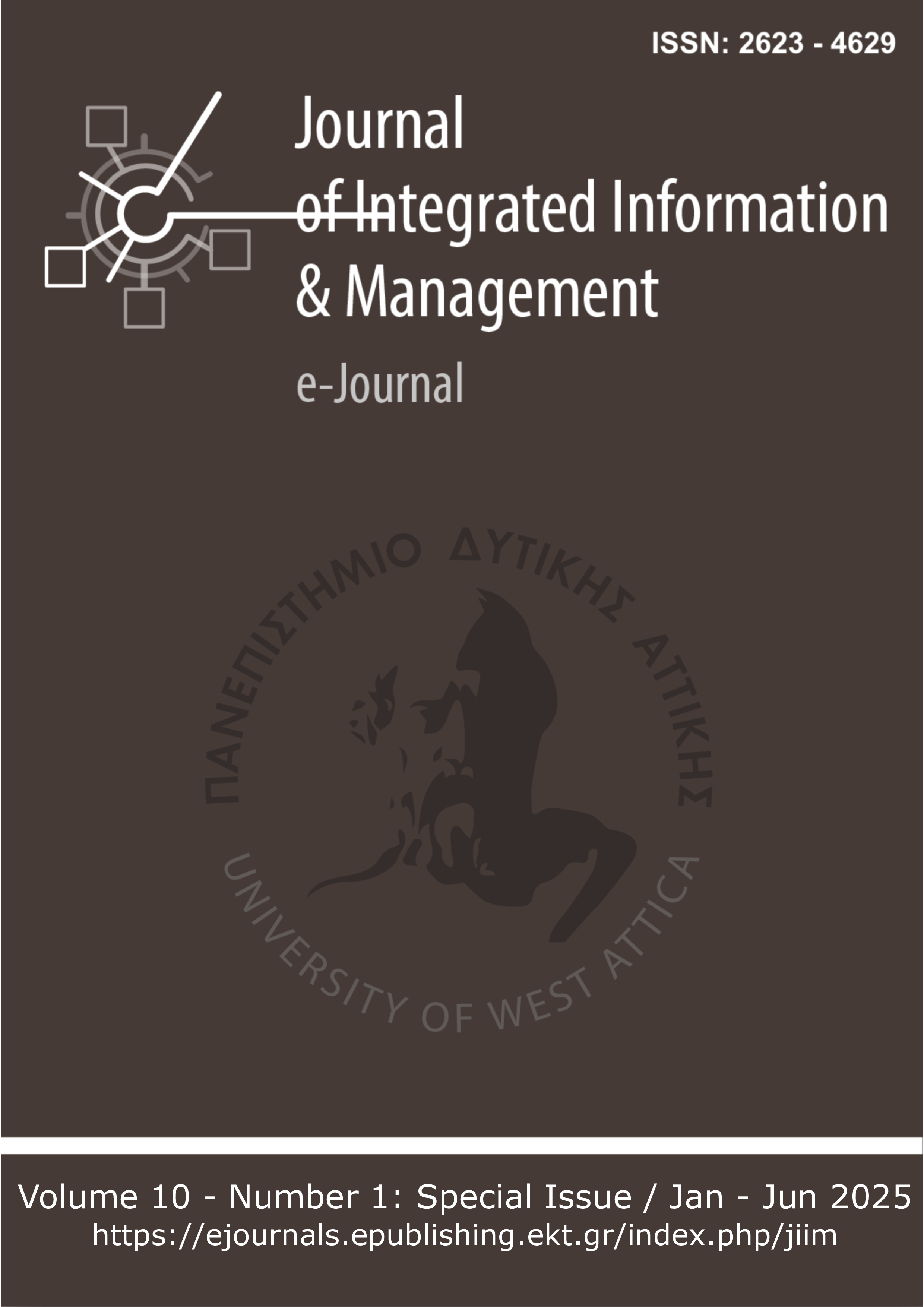Post-mortem Photography as Memory, Mourning and Material Evidence in Late 19th–Early 20th Century Greek Archives

Abstract
Purpose — This paper focuses on post-mortem photographs that had been produced in Greece between the late 19th century and the first decades of the 20th century, either from Greek or foreign photographers. The photographs examined are included in museums and public photographic archives as well as private collections in Greece and they are examined as a memento and as a piece of documentation. The aim of this study is to shed light both on the literal and symbolic implications of post-mortem photography in Greece and thus to document and critically examine the photographs through the historical, social and cultural conditions of the period in which they were created.
Design/methodology/approach — This study employs a qualitative methodological framework, aiming to explore and interpret post-mortem photography as a socially constructed phenomenon. Emphasis is given on the critical examination of the visual and symbolic dimensions of the photographic representation of the dead body as well as on the cultural narratives that underpin this photographic practice. The study is grounded in original archival research, direct visual analysis and comparative study of the photographic material and the documentary evidence. It is also complemented by a comprehensive literature review in the fields of art history and cultural studies.
Findings — The findings of this study extend beyond the mere documentation of photographic archives, offering an in-depth analysis of societal attitudes toward the deceased and broader perceptions of death during the period under consideration.
Originality/value — This study constitutes an original research endeavor derived from the author’s independent investigation. Given that post-mortem photography in Greece has not been yet fully studied, the aim of this work is to contribute to the existing body of research on Greek photography, as well as to the scholarly research of Greek photographic archives.
Article Details
- How to Cite
-
Stamatopoulou, M. (2025). Post-mortem Photography as Memory, Mourning and Material Evidence in Late 19th–Early 20th Century Greek Archives. Journal of Integrated Information Management, 10(1), 25–34. https://doi.org/10.26265/jiim.v10i1.41853
- Section
- Research Articles

This work is licensed under a Creative Commons Attribution-NonCommercial 4.0 International License.
Copyright Notice
Authors who publish with JIIM agree to the following terms:
- Authors retain copyright and grant the journal right of first publication with the work simultaneously licensed under a Creative Commons Attribution Non-Commercial License that allows others to share the work with:
- An acknowledgment of the work's authorship and initial publication in this journal.
- Authors are permitted and encouraged to post their work online (preferably in institutional repositories or on their website) prior to and during the submission process, as it can lead to productive exchanges, as well as earlier and greater citation of published work.





